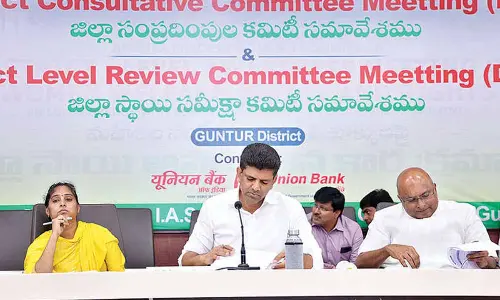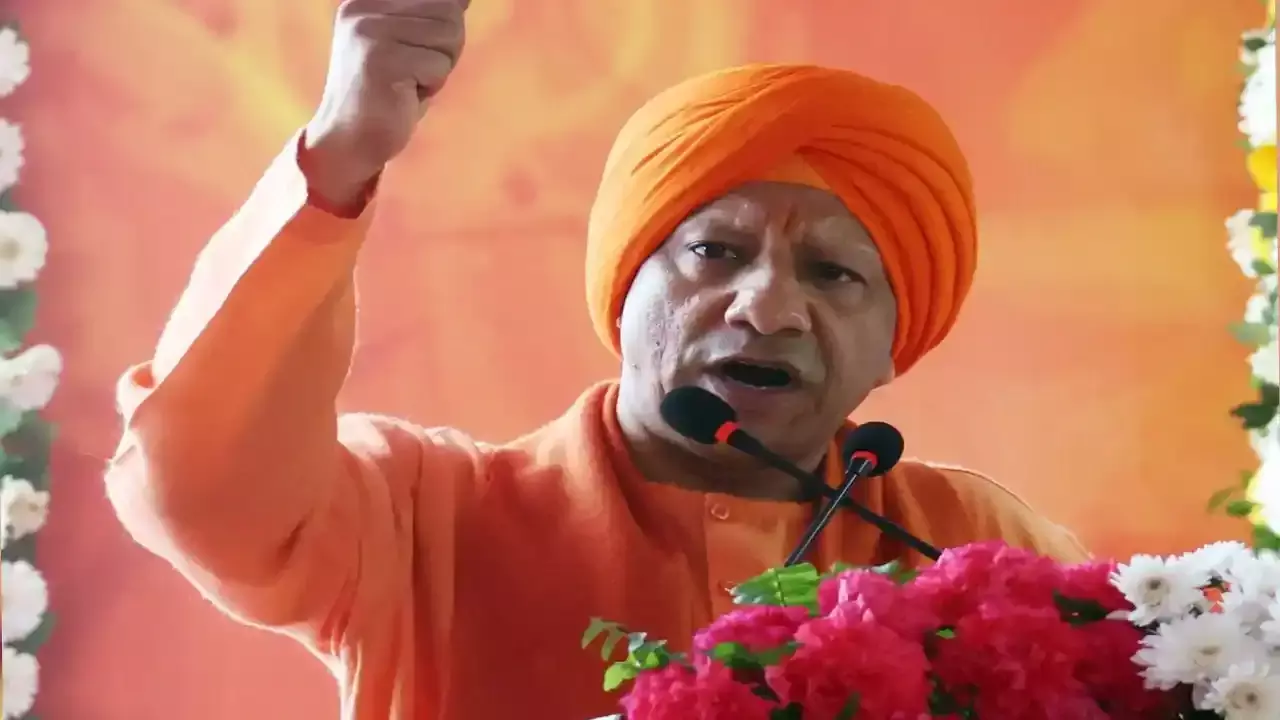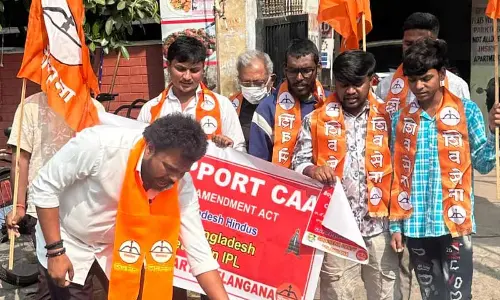Contours of ‘Arrest’

Contours of ‘Arrest’, YS Jagan’s Arrest, Supreme Court Judgments, Joginder Kumar’s Case . It is common knowledge that there are number of complaints in the press, media as well as before the courts that police as well as other enforcement authorities resort to unlawful methods of investigation as well as cruel and unusual treatment of the accused while they are in their custody.
It is common knowledge that there are number of complaints in the press, media as well as before the courts that police as well as other enforcement authorities resort to unlawful methods of investigation as well as cruel and unusual treatment of the accused while they are in their custody.
 Jagan’s arrest and his continued detention for an agonisingly long and indefinite length of time, calls for a serious review of the guidelines as well as the statutory law that is applicable and that has to be adhered to in the matter of arrest as well as bail. Indian Police exercise unbridled powers in the matter of arrest! Most of them assume these powers despite judicial cautions to the contrary! The police officer has a duty and obligation to follow the guidelines laid down by various Supreme Court judgments while exercising the power of arrest.
Jagan’s arrest and his continued detention for an agonisingly long and indefinite length of time, calls for a serious review of the guidelines as well as the statutory law that is applicable and that has to be adhered to in the matter of arrest as well as bail. Indian Police exercise unbridled powers in the matter of arrest! Most of them assume these powers despite judicial cautions to the contrary! The police officer has a duty and obligation to follow the guidelines laid down by various Supreme Court judgments while exercising the power of arrest.
In Joginder Kumar’s case (AIR 1994 SC 1349) the Supreme Court said that no arrest could be made just because it was lawful for the police officer to do so. The existence of power to arrest is one thing and the justification of the exercise of that power is quite another. The police officer must be in a position to justify the arrest apart from his power to do so. This is because the boundary between power to arrest available to the police officer and the right of personal liberty available to the accused is very thin. An illegal arrest would mean loss of self-esteem and reputation to the person arrested and it exposes the arresting officer to the prospect of damages as well as prosecution. In grave offences like robbery, dacoity, murder, rape, etc. exercise of this power is considered justified.
However in cases of offences like dowry harassment, death caused due to negligence where the gravity is less and in all other cases where the punishment does not extend to more than 7 years of imprisonment the arresting officer should strike a balance between the individual rights of the accused and the necessity of curtailing the freedom of the accused. The Supreme Court in D K Basu’s case had given a set of guidelines which have been recognized as rights of the arrestee. They are given statutory expression under Section 41 B of the Code. However in actual practice adherence of investigating agencies to these guidelines and statutory law is often an exception rather than rule.
It is common knowledge that there are number of complaints in the press, media as well as before the courts that police as well as other enforcement authorities resort to unlawful methods of investigation as well as cruel and unusual treatment of the accused while they are in their custody. In view of these complaints, the Law Commission stated that it is prepared to examine the law relating to arrest in all its facets. Accordingly the Law Commission addressed a letter dt: July 20, 1999 to the then chairman of the National Human Rights Commission, Justice M N Venkatachalaiah.
Pursuant to that letter, the NHRC wrote letters to all the Director-Generals of Police of various States, to provide data about the total number of persons arrested under substantive offences, total number of persons charge sheeted, total number of persons convicted and so on and so forth. In the light of the facts and figures furnished by the Director- Generals of Police as well as in the light of the decisions of the Apex Court as well as the reports of National Police Commission, the Law Commission prepared a consultation paper on the law of arrest. Copies of the consultation papers were sent to the entire bar associations, human rights organizations, Director-Generals of Police, State Governments and all other persons interested in public affairs. Basing on and as a consequence of the recommendations crystallised during all this process, Section 41 A was inserted in the Code of Criminal Procedure.
Section 41A is now inserted in Criminal Procedure Code by virtue of an amendment to the CrPC vide Act 5 of 2009 w e f 01-11-2011. Section 41 A clothes the investigating officer with the power, authority, discretion and an option not to arrest a person accused for offences punishable with imprisonment up to 7 years unless he thinks that arrest is necessary to protect the witness or to prevent the repetition of the crime or to secure the presence of the accused before the court.
Where the police officer does not choose to arrest the accused, he has to give reasons for not arresting the accused and follow the procedure under Section 41 A Cr P C. The police officer has to issue notice to the accused to appear before him and in such cases as specified in the notice, the person who is responsible has to comply with the terms of the notice. In case of noncompliance the police officer can arrest the accused subject to any anticipatory bail orders which might have already been passed.
Though Section 41 A was introduced more than three years ago in actual practice the provision seems to have fallen into sheer disuse. Section 41 A is a crystallised right of the arrestee that is available in the form of a statutory provision. The source of this Section is the dictum of the Supreme Court laid down in the form of guidelines in several land mark cases as well as the recommendations of the National Police Commission. This is a beneficial provision that balances individual’s right of personal liberty and dignity with the power of arrest. All the investigating officers should apply and implement this provision. This will additionally reduce corruption in police stations, relieve courts from lot of miscellaneous work and prevent overcrowding of jails.
















